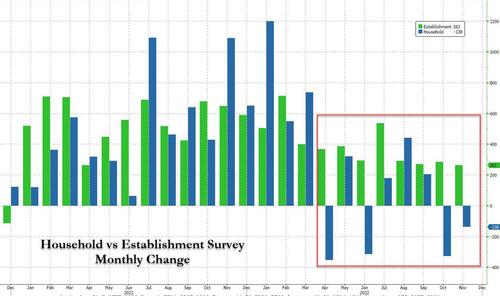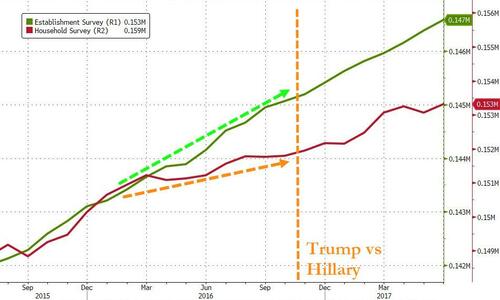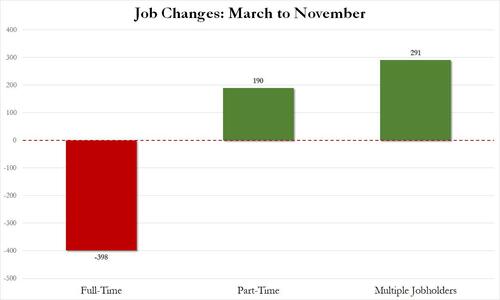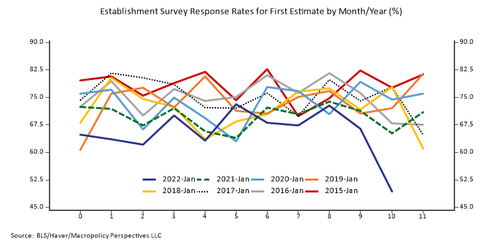Despite conclusive research that shows that all alcoholic beverages, including wine, increase the risk of many types of cancer, Americans demonstrated low awareness of this risk, and some perceived alcohol as having health benefits, according to results published in Cancer Epidemiology, Biomarkers & Prevention, a journal of the American Association for Cancer Research. Awareness varied significantly for various types of alcohol, the study showed.
“Alcohol is a leading modifiable risk factor for cancer in the United States and previous research has shown that most Americans don’t know this,” said the study’s lead author, Andrew Seidenberg, MPH, PhD, who conducted this research while serving as a Cancer Prevention Fellow at the National Cancer Institute.
Seidenberg cited research that shows that alcohol contributed to an average of more than 75,000 cancer cases and almost 19,000 cancer deaths per year between 2013-2016. All beverage types containing ethanol, such as wine, beer, and liquor, increase cancer risk. To date, seven cancer types have been linked to alcohol consumption, including cancers of the breast, mouth, and colon.
To assess Americans’ awareness of the links between alcohol and cancer, Seidenberg and colleagues analyzed data from the 2020 Health Information National Trends Survey 5 Cycle 4, encompassing survey responses from 3,865 adults. Respondents were asked, “In your opinion, how much does drinking the following types of alcohol affect the risk of getting cancer?” Responses were recorded for wine, beer, and liquor. Further questions assessed the respondents’ awareness of links between alcohol and heart disease. Researchers also asked respondents about their current alcohol intake.
Key findings:
The authors said the study confirms that many Americans would benefit from further education about the links between alcohol and cancer. Such education would be especially useful given that studies suggesting that wine confers possible health benefits have received significant media attention, they noted.
“All types of alcoholic beverages, including wine, increase cancer risk,” said senior author William M.P. Klein, PhD, associate director of the National Cancer Institute’s Behavioral Research Program. “This study’s findings underscore the need to develop interventions for educating the public about the cancer risks of alcohol use, particularly in the prevailing context of national dialogue about the purported heart health benefits of wine.”
The authors suggested that interventions could include mass media campaigns, cancer warning labels, and patient-provider communications. Tailoring messages to desired audiences could help increase message relevance, Klein said.
“Educating the public about how alcohol increases cancer risk will not only empower consumers to make more informed decisions, but may also prevent and reduce excessive alcohol use, as well as cancer morbidity and mortality,” he said.
The authors noted potential limitations include the unconditional structure of some survey questions; for example, questions about awareness of the alcohol-cancer link were not stratified according to how much a respondent drank. They also noted that some data were collected during the COVID-19 pandemic, when many Americans reported drinking more than usual.
This study was supported by the Division of Cancer Control and Population Sciences at the National Cancer Institute, a part of the National Institutes of Health.















